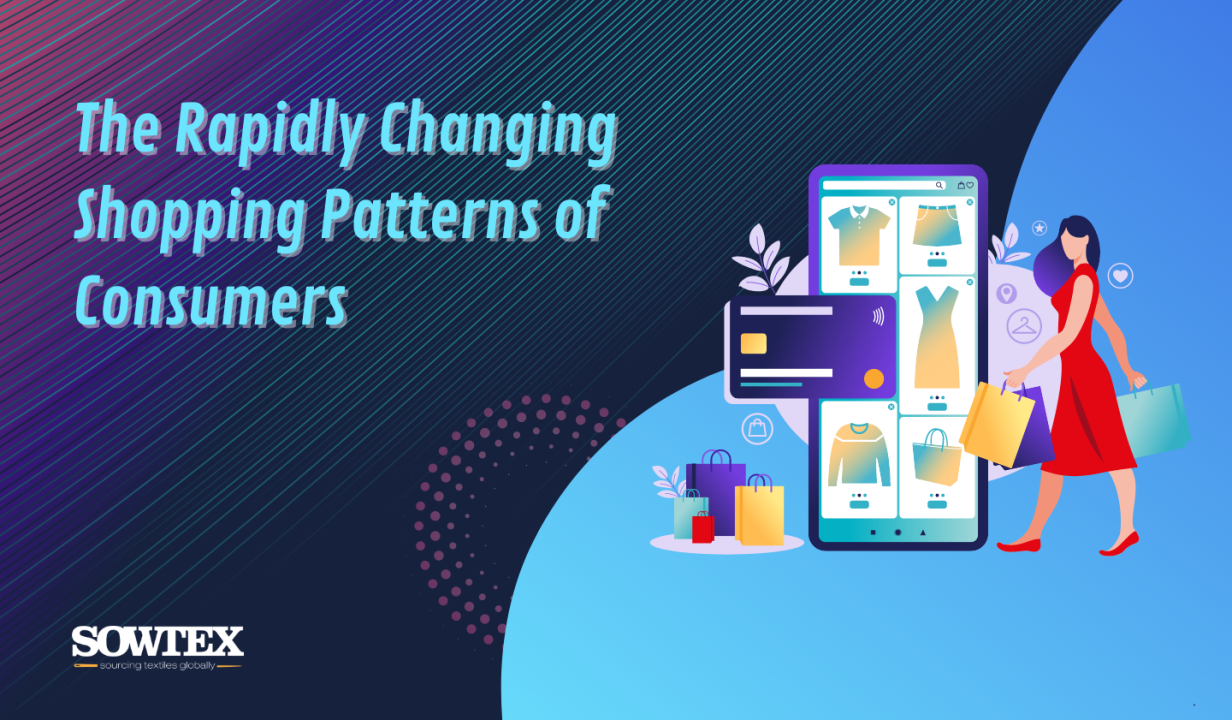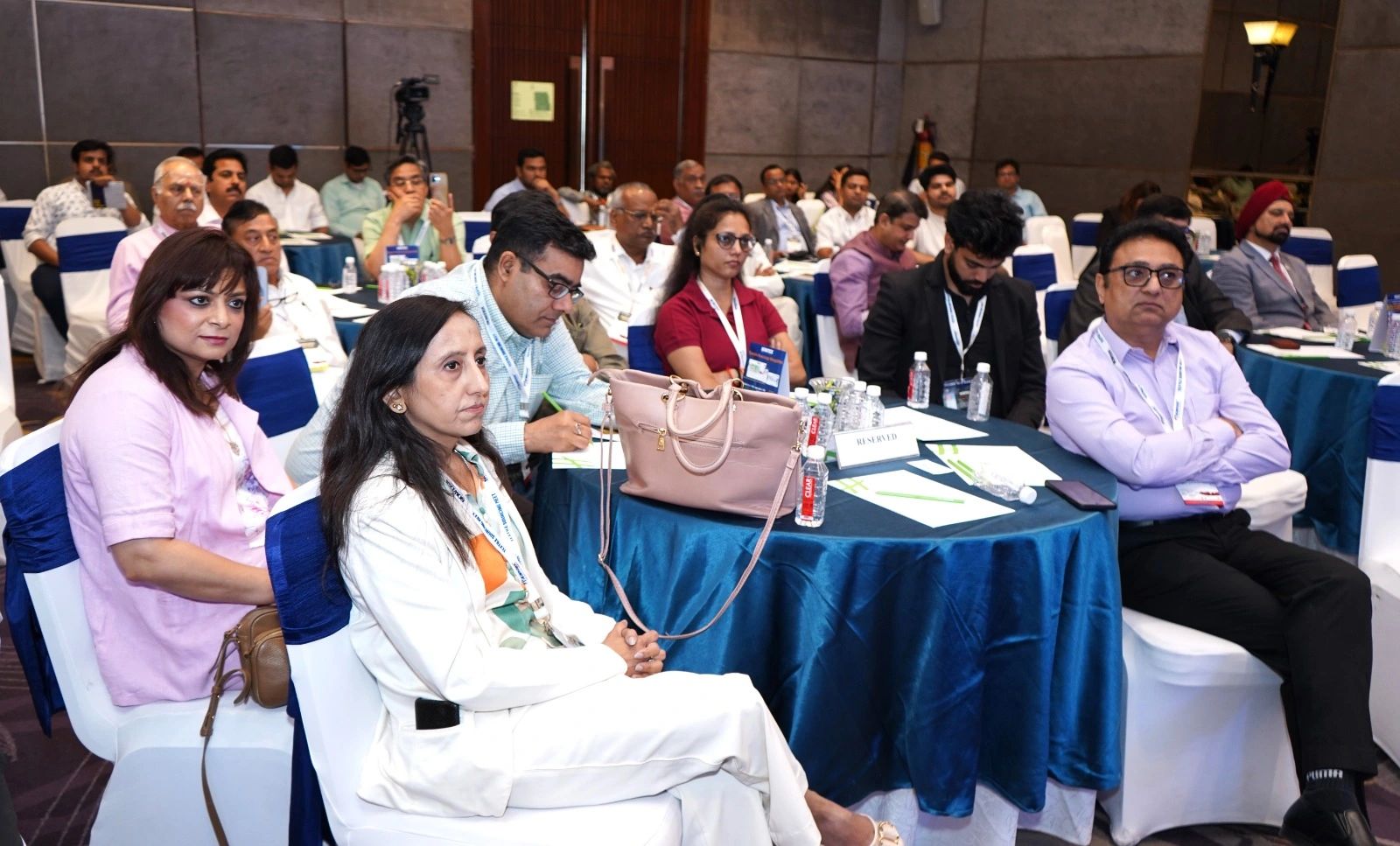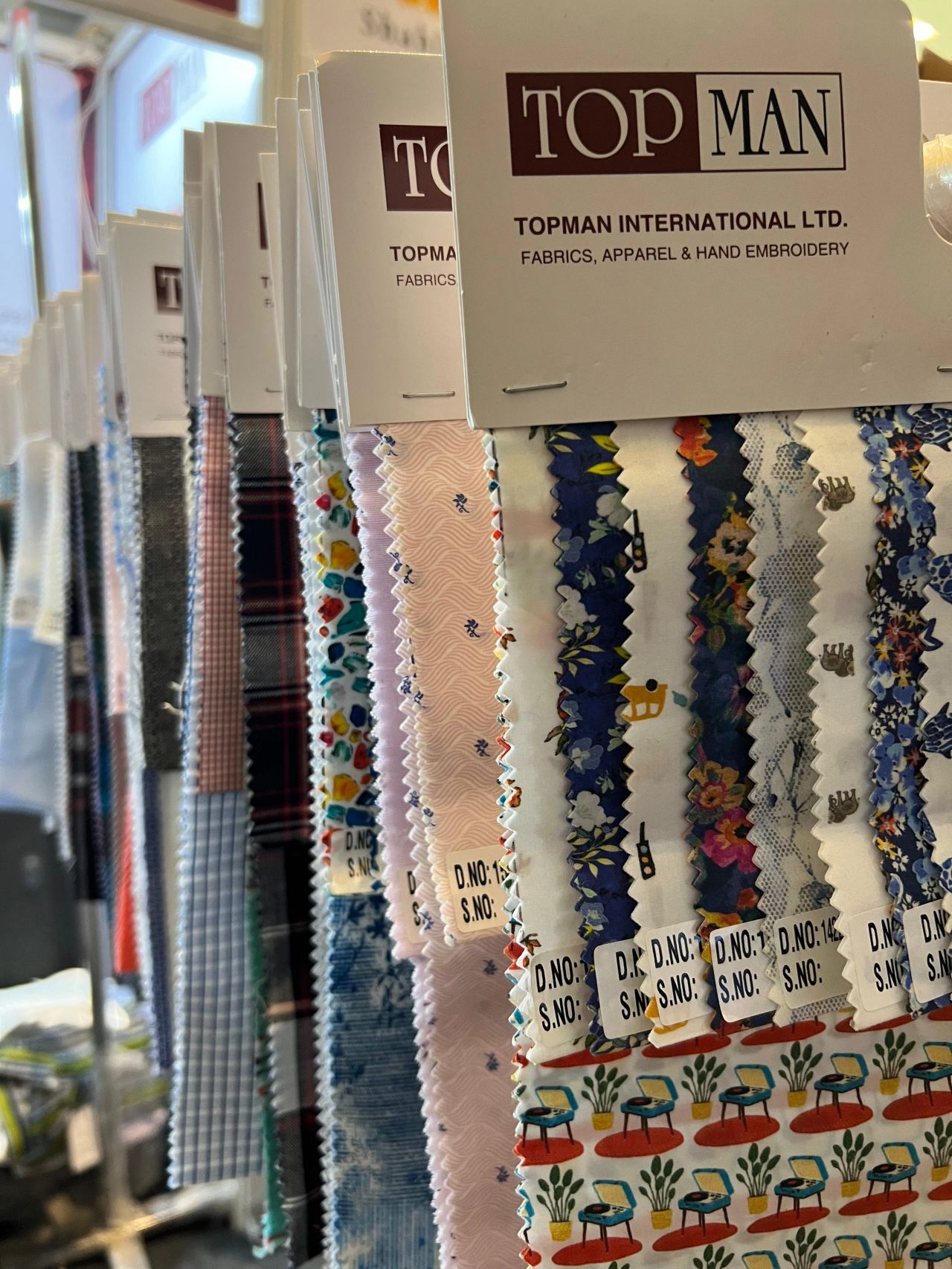According to experts, consumers operate with different personalities at different times. An aspect of them is in most times a minimalist and at other times it can also be that of a hoarder. When one personality may advocate for cruelty-free products, sustainable fashion, and slow fashion, the other aspect of their personality would also like to explore fresh trends and keep themselves familiar with what’s latest and upbeat.
While there is a market for trends which change overnight, there is also a growing market for fashion dictated by slow fashion. Minimalism is also seeping in between all this. The segment in the world which governs the idea of fashion consciousness is influential and drives opinions. Consumers across the globe are altering their shopping practices consciously in order to align with the growing trend of eco-conscious fashion, which is dubbed as the current necessity in the fashion industry. More and more people are now moving towards sustainable fashion. They are more conscious about the environment and their spending behavior reflects the same.
Current Challenges in the Textile Ecosystem
Up till now, retailers and manufacturers had been dealing with excess textile which is unused. They have been unaware of the demands and needs of their target audience and their potential audiences. This behavior is slowly but steadily changing. Worldwide, textile manufacturing and production companies are aiming to ensure lesser wastage, heightened profit margins, and synergy among what consumers need.
Though sustainable products are now more affordable because they have been carefully planned and distributed among niche audiences; Unfortunately, there isn’t much equipment and apparatus to make sure the needs of a large population are met. Citing this, sustainable fashion is not affordable, nor is it accessible as much as unsustainable fashion still is.
Slow Yet Permanent Change
The advent of disruptive tech is aiding faster manufacturing of sustainable and plant-based textile goods. Fashion has come up on Web3- essentially a place to perform digital-only creation and usage of textiles. Through means to eliminate waste and to be environmentally more proactive, many players are reaping the benefits of data analytics, web3 platforms and predictive analytics to best understand their audience. Under responsive reports, audiences are also showing acceptance. However, Early adaptors still remain the main consumers of such fashion and textiles. They are challenging the existing setup and are also changing opinions of the late adaptors faster than before. Social media is playing a pivotal role in this knowledge dissemination. Opinion leaders are influencing established consumer trends more efficiently than ever
 Disruptive Tech and Web 3.0
Hyper customization through textile NFTs, a big change is on its way into the textile ecosystem. Almost a decade ago, it was next to impossible to own plenty of wardrobes full of quality garments and still have plenty of savings in the bank. This dream is taking shape now with much affordability. Ever since 2021 NFTs of garments have been getting traded on the web through virtual stores, and virtual trial runs and are being traded for currencies under highly protected frameworks. Trace Network Labs is one such Indian organization, working tirelessly towards satiating the evolving consumer behavior through tech-back D2C (Direct To Consumer) textile products, thereby creating hyper personalized and customized solutions.
During the pandemic when the world came to a standstill, online avatars remained and people realized the significance of the presence that their digital avatars had. The fashion industry has seeped into that front and web3 textile designers are coming up with innovative ways of distributing and marketing their fashion lines. Brands are taking opportunities to collaborate with different platforms & foster users to buy clothing from their most-liked brands for their digital avatars.
The Real Deal
Across the globe, the festive season is in full swing and with that, people want to shop for outfits best suitable to look good with their friends and family. People are preferring quality over quantity and are reusing clothes by coming up with better styling techniques. They are recycling their established garments and repurposing them into their festive wardrobe through the fusion of different appeals and genres. Clothing retailers and manufacturers are taking note of these winds of change and are relevantly discussing the dynamic needs among themselves. The business has hence changed its form and shape to appeal to the metamorphing consumer behavior.
In Conclusion, all manufacturers across the globe want the same exact thing- reduced wastage, maximized profits, and viral popularity. They want more definitive answers to their everyday problems such as consumer mindset, A/B testing of their audiences, and if the predicted fashion would have a long shelf life. All these answers are now getting generated by consumers who are making conscious decisions about what they wear and it is this newfound consciousness that has and will continue to have a huge impact on the entire Textile & Fashion Ecosystem.



